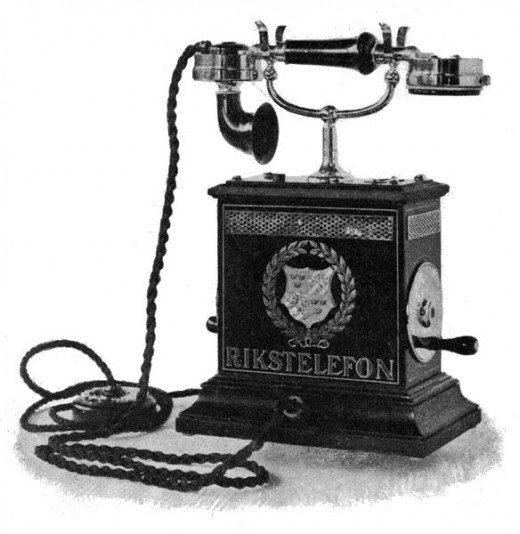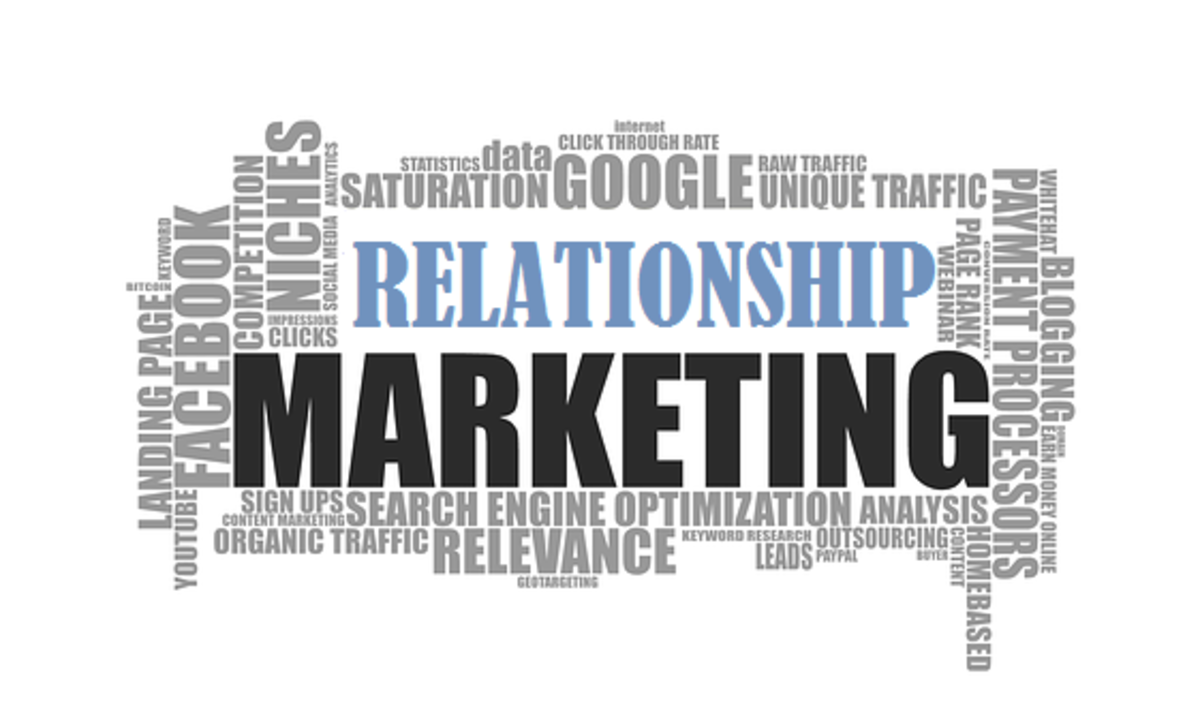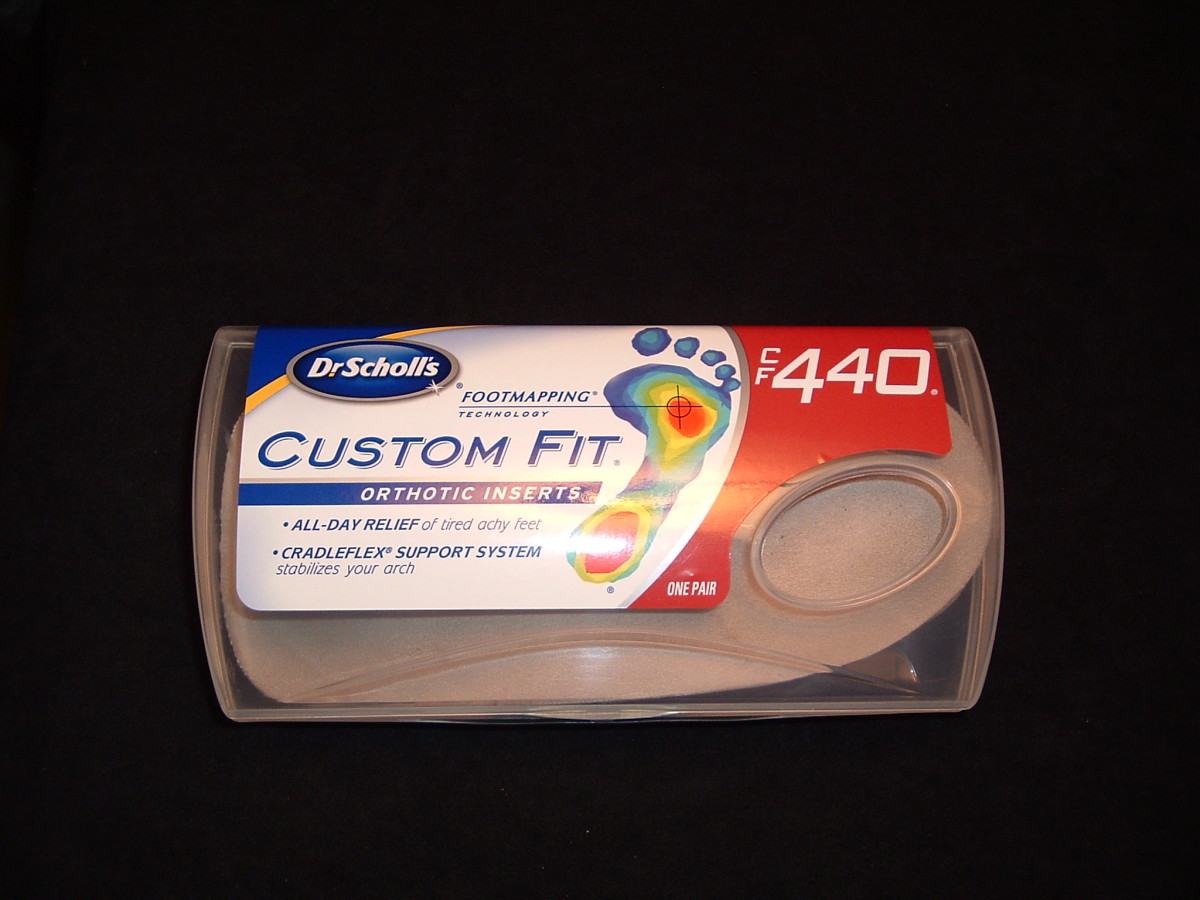Telephone Techniques- Customer Satisfaction is at Stake
One of the Greatest Business Tools

Alexander Graham Bell invented the telephone in 1876, over 135 years ago. Judging from the way many businesses use it, one would think the phone was invented yesterday. The technology is complex, but it is a simple instrument to use, and that is the problem. Most businesses treat the telephone as a device that simply is used to receive and convey information. A major mistake! Most large corporations recognize the importance of good telephone usage in their customer relations. Indeed, except for mail and e-mail, it is the primary way they communicate with customers. Many large companies have banks of phones manned by highly trained employees who have made telephone communications an art form. American Express and Bank of America spring to mind. I just hope that these fine people are not in Bofa’s layoff plans. Unfortunately, many small-to-medium businesses, and a few large ones, treat the phone as an annoyance. The following points should be communicated to any employee who uses the telephone:

Smile. Try a simple exercise. Ask another person to do it with you. Place a sheet of paper or a magazine in front of your face and repeat 10 words, each of them twice. Ask the other person if he thinks you are smiling or not when you say the words. Jot down his response with a “y” or “n.” You will be amazed to find that the other person is able to tell if you are smiling at least nine out of ten times. The smile comes through even if it is not visible. It actually changes the quality of your voice, and it orally communicates to the person on the other end of the line that you are friendly.

Make the caller “feel welcome.” I coached my employees to think of a caller as a long lost friend. This is a powerful visualization technique. Imagine your phone demeanor if it was that old friend. Now simply adopt that attitude with every caller. Even if you are not in a friendly mood, you don’t have to go to drama school to “act friendly.” When a customer gets you or one of your people on the phone, think of that instant as a person walking through the doorway. A sour or somber telephone greeting is the same thing as a sour face aimed at the customer who just walked through the door. You have one opportunity to let the customer know that you're happy to see him, Take that opportunity!
Identify yourself and your company. I hope I don’t have to convince any reader that, in answering a business call, one never just says “Hello.” But let’s take it a bit further. Answering the phone with “XYZ Corporation” is cold and impersonal. “XYZ Corporation, how may I help you?” is better. By far, the best is “XYZ Corporation. This is Bob. How may I help you?” The caller now has the opportunity to use your first name and thereby establish a friendly transaction from the start.
Use the caller’s first name. If you don’t know it, ask for it. I know this is controversial, but try it. In my many years dealing with “tough customers,” I became convinced that for every pompous ass that you alienate, you will make ninety-nine friends by using their first name. People, and that includes you, like to hear their first name spoken, and that includes hearing it over the telephone. Caution: I come from a North American business background, and what I just said about using first names works in this culture. In some cultures, it is considered impolite, even insulting, to use a person’s first name, unless you are a very good friend or relative. This is especially true of Japanese. If the person on the other end has an accent, play it safe and use the proper greeting.
Don't Leave 'Em Hanging Forever

On-hold etiquette. Don’t you love being put on “terminal hold”? Have you ever been on hold for so long that you forgot who you were waiting to speak to? “Holdsmanship” is a very important art for any business that wants to keep customers happy. The rule in my company was not to keep anyone hanging for more than 30 seconds without picking up the blinking line and saying, “She’s still on the phone. Would you like to continue to hold or would you prefer to leave a message?” There are numerous telecom companies that provide “on-hold messages.” Why not use the on-hold time to politely pitch your products or services? This still doesn’t change the rule that you must break in periodically to let the caller know that you realize that he or she is still alive.
Voicemail. This is a wonderful technology that enables a caller to leave an exact message and explain what needs to be clarified, without the danger of someone writing down the wrong information. But a caller should always be given the choice between voicemail and leaving a message with a live person. Sometimes action is required, and voicemail just won’t do. Used properly, it affords good customer service and saves time and errors as well. Train your people to always say, “He’s not in at the moment; can I transfer you to his voicemail?”
The telephone is still one of the most used technologies even though it was invented long ago. Use the phone properly and it will be one of your best business tools. It's part of your branding, your image and your reputation.
This article was excerpted from The APT Principle: The Business Plan that You Carry in Your Head, by Russell F. Moran
Copyright © 2012 by Russell F. Moran








